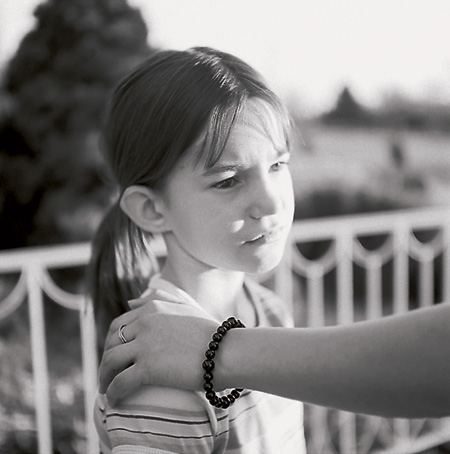By Jeff McClellan
A new general education course at BYU is teaching freshmen that their mothers were right all along.
HEPE (pronounced “heppie”) 129, Fitness and Lifestyle Management, satisfies the wellness requirement of the general education program and teaches students to, among other things, buckle up, eat right, exercise, and prevent disease.
“Lifestyle is a substantial factor contributing to wellness and even longevity,” says Larry Tucker, a professor of physical education and a member of the committee that created the course. “Lifestyle includes those things that we choose to do or choose not to do on a regular basis, perhaps even on a day-by-day basis–what we choose to eat, whether we choose to exercise, whether we smoke, whether we floss our teeth, whether we mix work with play, whether we wear our seat belts.”
With a goal to motivate students to make positive lifestyle changes, the class takes an integrated approach to health and fitness through comprehensive health appraisals, fitness activity contracts, and presentations of health topics by experts.
“What we are really trying to do is teach the students the correct principles of health and fitness and let them govern themselves,” says L. McKay Rollins, a professor of health sciences and the HEPE committee chair.
A combined effort of the Health Sciences and Physical Education Departments within the College of Physical Education, the course replaces the former university graduation requirements for health and P.E.–Health 129 and P.E. 129. The change is part of the new general education program designed to streamline the path to graduation.
Through nearly four years of meetings, pilot sections, and refinements, a committee of six faculty members integrated the two old courses into one and added new features to make the product more beneficial to students.
One of the most helpful aspects of the course, Tucker says, is the assessment process at the beginning and end of the semester. In a health risk and lifestyle questionnaire, students answer questions about family medical history, diet, stress, and exercise, among other things. Other tests determine students’ cardiovascular endurance, body composition, flexibility, strength, blood pressure, and body fat distribution. Finally, a blood test looks at cholesterol and blood sugar levels.
“If you really look at it in a very detailed way, we measure over 100 risk factors and data points on each student. We’re talking about a lot of information,” says Tucker, who is responsible for processing the assessments of the 1,200-plus students. The assessments for each student are compiled into a personalized 54-page booklet showing the student’s test results and giving suggestions for improvement. The booklet also explains various lifestyle factors in depth, providing recommendations for optimal wellness.
At the end of the course, students take the appraisal again–except for the blood test. Between the two appraisals, they fulfill a fitness contract requiring them to participate in a regular fitness program of their own design. The appraisal at the end of the course allows students to see how they have progressed, Rollins says, noting that most students improve their fitness level during the 12 to 14 weeks. Students are not, however, graded on how much they improve or on how well they perform on the assessments.
Integrated with the physical fitness contracts and the assessments is a three-day-per-week class consisting of 21 health modules, of which each student must attend 18. The modules treat such subjects as rape prevention, appearance and personal relations, cardiovascular health, nutrition and weight control, human sexuality, and stress management. Each module is taught by an expert in the subject.
“We made the determination from day one that no graduate teaching assistant would teach in this course,” says Rollins. “It’s all done by full-time professors and professional staff here at BYU.”
In addition to professors from the two departments–including the department chairs and, next semester, the college dean–experts from other areas of campus help teach the course.
Now in its first official semester, HEPE has already been well-received. In evaluations completed during one of the pilot sections, two-thirds of the students said all freshmen should be required to take the course and more than two-thirds rated it as excellent or good. Rollins has also heard from faculty members who want to take the course on their lunch breaks and from schools around the country that want information on the innovative program.









